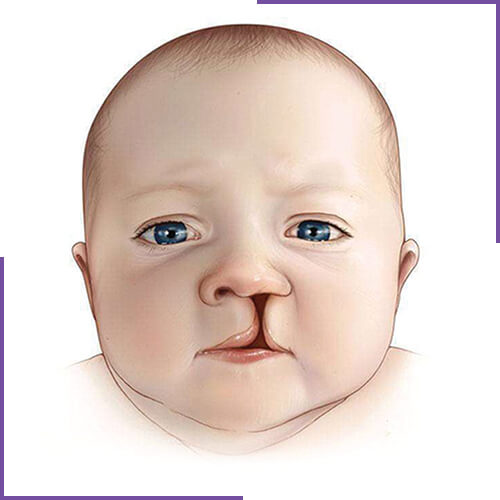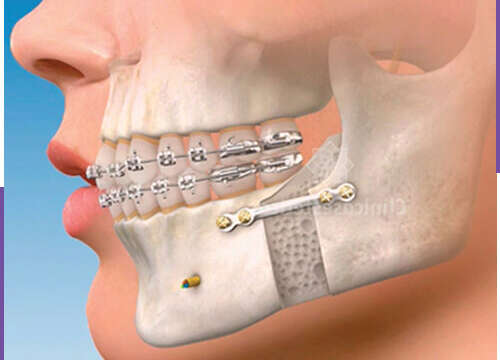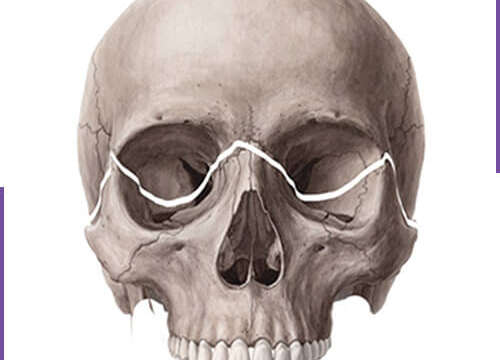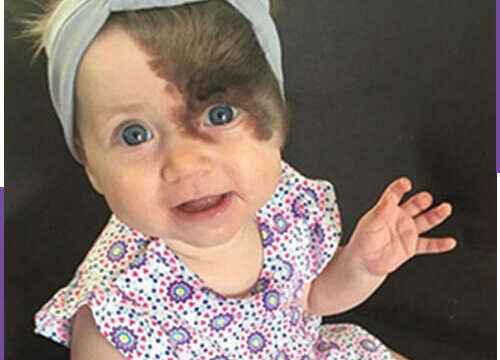WHAT IS CLEFT LIP AND PALATE?
Typical clefts (lip cleft, lip-palate cleft, palate cleft) are also observed along a vertical, horizontal or oblique line.
These crevices occur as part of many congenital anomalies seen alone or in the same patient (syndrome).
WHAT ARE STEPS FOR APPLICATION ?
Cleft Lip (Rabbit Lip); The upper lip may be unilateral (right or left) or bilateral. The lip cleft may be of varying degrees (partial or complete cleft). The upper lip may be in the form of a slight notch, or there may be full slits where are extending into the nostril and the palate (alveol) that keeps the upper teeth is a slit. The lip cleft may be with the palate cleft. In this case called cleft lip-palate, the opening starts from the lips and continues throughout the entire palate.
Cleft Palate; Causally and embryologically, it is different from the cleft lip.
The palate cleft can not only be partial in the soft palate, but also in the form of a full cleft where is containing the entire soft and hard palate.
The submucous palate cleft: Cleft line is concealed by a mucous membrane, and the deeper structures are cleft.
The palate cleft can be V or U-shaped.
The recommended surgery time for cleft lip is third month following birth. In clefts palate, the time of operation is around 1 year old when the patient’s blood values and weight reach certain level.
It is recommended to feed with clear foods for the first week as well as milk and food for second week following operation. From third weeks onwards, soup-like foods are favourable. After the operation, it is recommended to have a mouth bath and mouthwash with water after feeding the patient.
This is applied to the lip and palate area.





